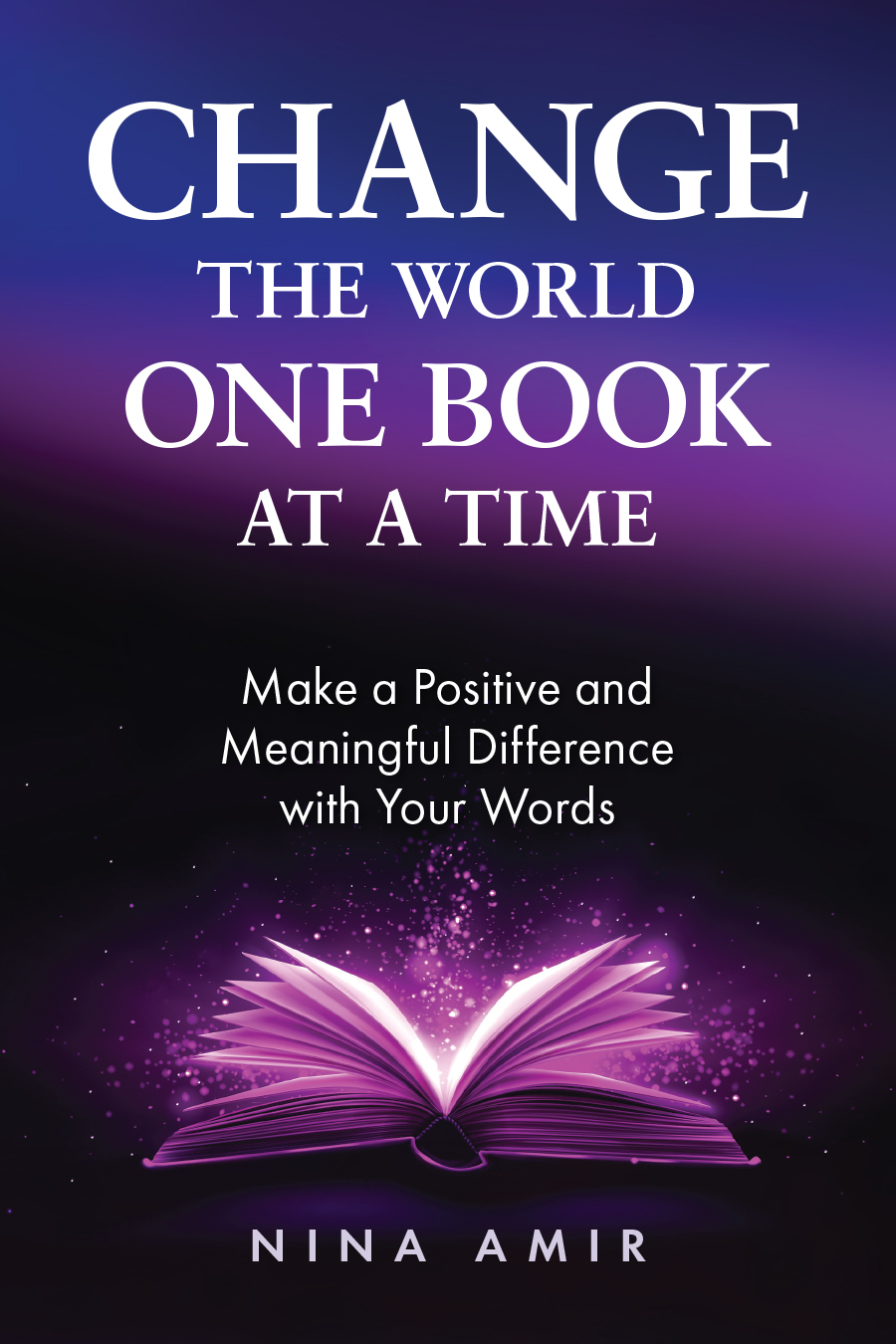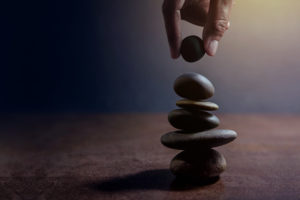Sukkot began on Friday night. I’ve been disabled…recovering from knee surgery that occurred on Tuesday right after Yom Kippur…and unable to go to Sukkot services. (That’s also why I’ve been quiet here on the blog.) Jews go into the Sukkah, a temporary hut, once a year and perform the mitzvah, or commandment, of shaking and blessing the lulav and etrog, as well as entering the sukkah.
I actually love the ritual of shaking the lulav, because it’s so filled with symbolism and meaning. We take up, or hold the lulav and etrog, also referred to as “the Four Species” (arba minim in Hebrew). We are commanded to take these four items and use them to “rejoice before the Lord.”
The four species in question are: an etrog (a citrus fruit similar to a lemon native to Israel; in English it is called a citron); a palm branch (in Hebrew, lulav); two willow branches (aravot); and three myrtle branches (hadassim). The palm, willow and myrtle branches are bound together and referred to collectively as the lulav, because the palm branch is by far the largest part. The etrog is held separately. With these four species in hand, one recites a blessing and waves the species in all six directions (east, south, west, north, up and down), symbolizing the fact that God is everywhere.
What I find particularly interesting and spiritual about this ritual is that the Jewish mystics believed the lulav with its three species represents our body (eyes, mouth and spine) and the etrog our heart. If you look at the different plants you can see this – the palm is like our spine, the willow leaf has the shape of our mouth, and the myrtle leaves have the shape of our eyes. So, when we hold the lulav and the etrog together and shake them in the six directions while saying the blessing – or praying to God – we pray to God with our whole being (our whole body) and acknowledge that the Divine Presence exists all around us. Plus, after all that introspection and repentance during the High Holy Days of Rosh Hashanah and Yom Kippur (and the period in between), we offer the blessing and any other prayers there in the sukkah to God with a pure soul, a soul cleansed of all its transgressions. The act of waving or shaking the lulav becomes an aid in bringing the person offering the blessing closer to God.
There are other beautiful and symbolic things about the lulav and etrog as well. The four-letter name for God that is never spoken – Yud Hey Vav Hey- is supposedly represented by the four species, with the lulav itself representing the Hebrew letter vav. This particular letter, the vav, which channels Divine energy into the world and into man. So, when we wave or shake the lulav, we bring the letters of God’s name together and channel that Divine energy.
We also have a lovely teaching about the make up of people and community as it relates to the lulav and etrog. It begins this way: Taste represents learning. Smell represents good deeds. The etrog has both taste and smell. The lulav has taste but no fragrance. The myrtle has smell but no taste. And the willow has neither. Each represents a different type of man. Some have both learning and good deeds; some have good deeds but no learning; some have learning but no good deed, and some have neither. Real community is found in all these types of people being bound together and brought under one roof. I think there’s a lesson in this teaching about accepting all types of people since we all make up the community of the world.
On that note, since the ritual of shaking the lulav is such an important and beautiful part of the Sukkah holiday, I’d like to stress that it can be adapted (or adopted) so that people of all religions and traditions can take advantage of its power. Anyone can purchase a lulav or build a sukkah and perform this ritual. (They are available for purchase on line and many synagogues take orders.) You can find instructions on the Internet as well about how to perform the ritual as well. Plus, I’ve written articles about this.
First, I think anyone can take the time for introspection and repentance during the fall, thus cleansing their soul and turning back to Spirit or God – the stuff Jews do before Sukkot. If you then gathered together any plants or items that symbolized the primary parts of the body that connect you with Spirit and put them together or put them on an altar and said a blessing of your own construction or said a prayer while bowing in the six directions or somehow acknowledging that God is everywhere all around us, you would have accomplished the same basic ritual…without the Jewish trappings. And this could be very powerful
Second, you can build a sukkah. The main stipulation to doing so revolves around this being a temporary structure. Additionally, the sukkah should not be attached to your home and the roof should not be solid. It must be covered with branches and have enough gaps between those branches so you can see the stars. If you want to be technical about it, you can find exact dimensions, etc., on line. I also once wrote an article about this. You can also purchase pre-packaged sukkah kits, if you can believe that.
Before the week is out, I’ll discuss why non-Jews might want to use a Sukkah at all.



I think it’s important to take note that the Heavenly Father, YHWH , gave specific species for the lulav and etrog for a reason…so it’s important to get those specific ones, if you can. (I realize sometimes it’s hard to get these species (esp. the etrog ), if you live in a certian area where they are not grown and sold, and you have to do the best you can), but I believe he gave those ones for a specific reason. Just like he gave Noah specific instructions (lengths, widths, type of wood, etc.) for the building of the arc. It’s just important to do the best we can, but the main point of waving the lulav and etrog, the keeping of Yom Teruah, Yom Kippur, and Sukkot is the changing condition of our heart.
I am a follower of Jesus and very in love with the Jewish culture. I attempt to honor these ordained days as commanded. These teachings are new to me.
And this us what I love so much, everything has so much meaning!
Thank you for thriugh the Jews the whole world is truly blessed as prophesied.
Where is the description In Torah of the lula. And eteog?
I’m not sure.
Nicely written. Thank you Hashem.